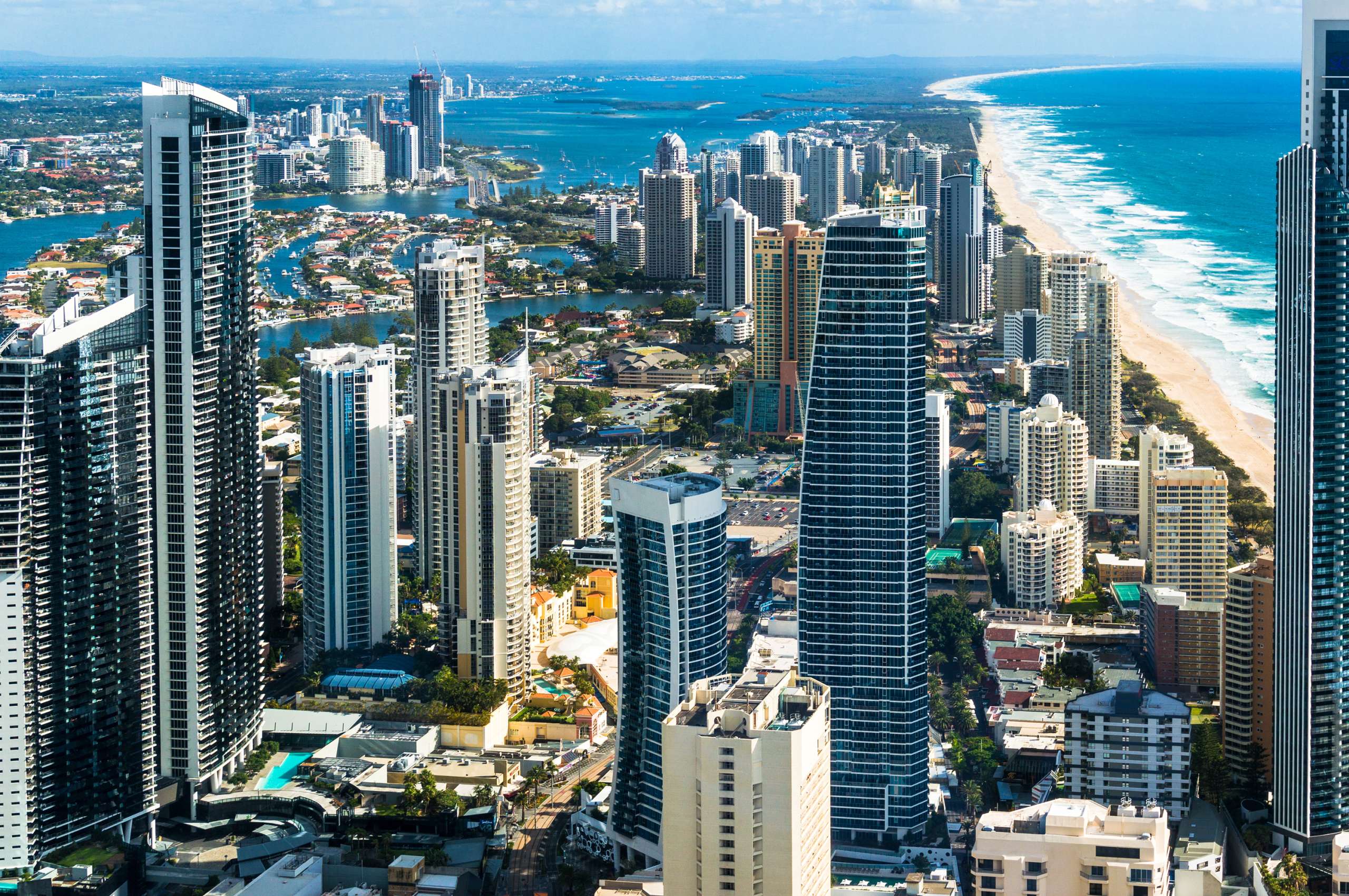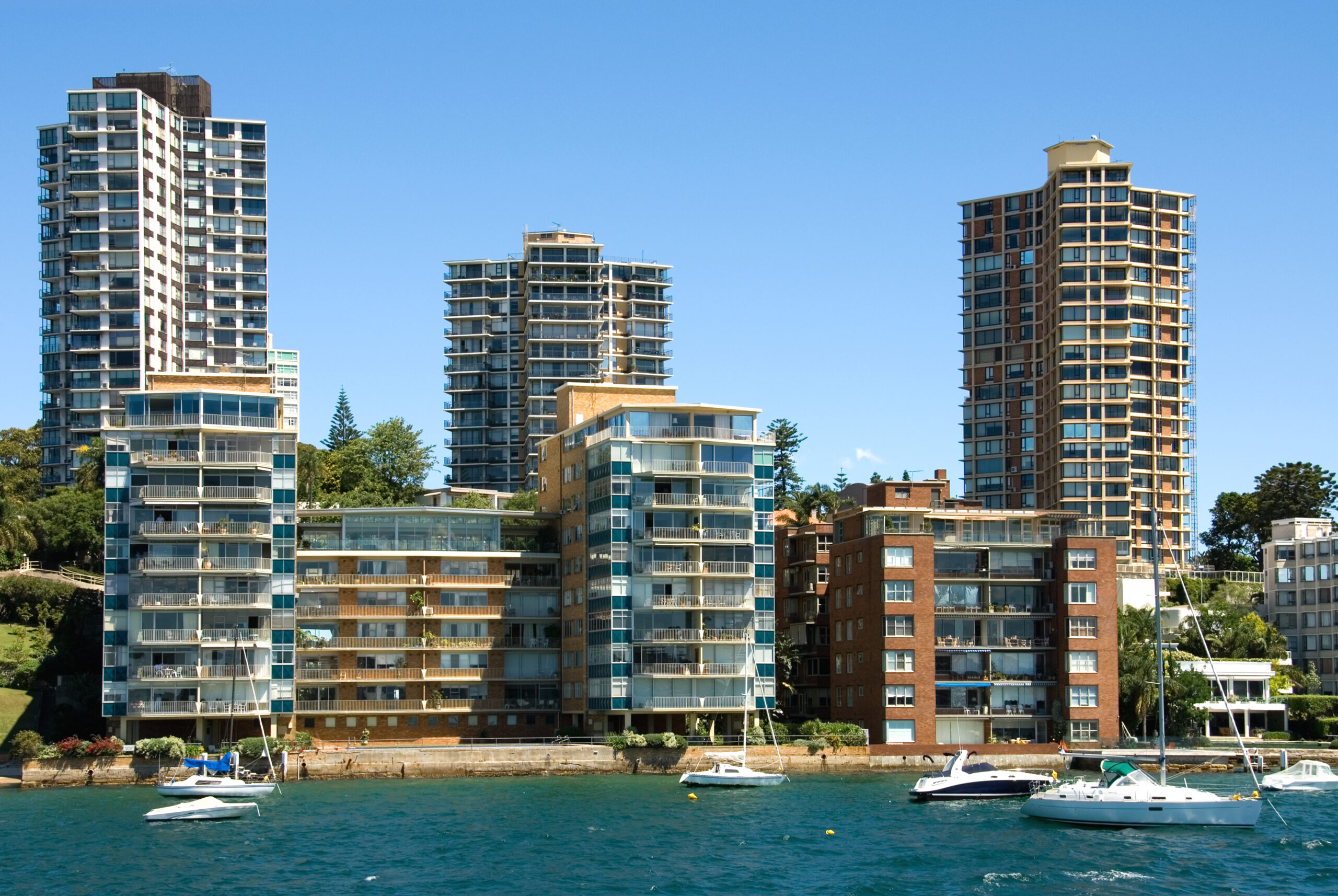Home Loan Calculator
Calculate and view your monthly payments on your house
Monthly Payment
$
$
$
$
$
Send me the mortgage calculator result
Learn
Tips and Guides
 Australia’s Housing Market Climbs for Fifth Straight Month as Rate Cuts Fuel Optimism
Australia’s Housing Market Climbs for Fifth Straight Month as Rate Cuts Fuel Optimism
Australia’s housing market extended its upward momentum in June, with national home values rising 0.6%, continuing a five-month streak of growth. This recovery follows a brief dip earlier in the year and is being driven by widespread regional gains—Hobart was the only capital city to record a minor decline. Quarterly, home values rose 1.4%, an acceleration from the 0.9% increase in Q1, signaling strengthening market sentiment. Falling interest rates since February, coupled with expectations for further cuts, have bolstered buyer confidence and lifted auction clearance rates. However, growth remains moderate compared to the pandemic-era boom. Supply constraints are reinforcing price resilience, with for-sale listings down 6% year-over-year and 17% below the five-year average. Capital cities have recently started to outperform regional markets on a monthly basis, although regions still lead on a quarterly scale. Darwin emerged as the top performer among capitals with a 4.9% quarterly rise, reaching new record highs, while Perth and Brisbane continued their strong runs. National home values are up 3.4% over the financial year, and if current trends hold, annual growth could reach 5.8%—just above the decade average. Still, affordability remains a limiting factor for how far prices can rise. Download the full newsletter for expert analysis and market updates from other countries.Download
Continue Reading
 Australia’s Housing Market Rebounds in May
Australia’s Housing Market Rebounds in May
Written by Lily Chong, Head of IQI GlobalAustralia’s housing market saw a solid rebound in May, with national dwelling values climbing 0.5%, bringing the year-to-date increase to 1.7%. This growth was consistent across all capital cities, each registering at least a 0.4% gain. According to CoreLogic's Tim Lawless, the momentum has been reignited by February and May interest rate cuts, lifting auction clearance rates and buyer confidence.While national annual growth slowed to 3.3%—the weakest since August 2023—only Melbourne and Canberra posted year-on-year declines, underscoring the overall market’s resilience. The narrowing performance gap between cities suggests a more synchronized market recovery, with even lagging regions like Melbourne showing early signs of stabilisation.Perth continues to dominate, supported by a robust economic backdrop, including low unemployment, diversified industry growth, and ongoing job creation. REIWA reported Perth’s median house price hit $780,000 in May—up 18% annually—while units soared 21% to $535,000. This is driven by sustained demand amid modest population growth and a solid employment base in Western Australia.Additionally, premium housing segments are gaining momentum, especially in Sydney and Canberra, reversing earlier trends that favored more affordable homes. Across the board, Australia’s property market is showing renewed vigor, with expectations of continued upward momentum through the second half of 2025.Click for more info!Download
Continue Reading
 Resilient Yet Cooling: Australia’s Housing Trend
Resilient Yet Cooling: Australia’s Housing Trend
Written by Lily Chong, Head of IQI AustraliaAUSTRALIA’S HOUSING MARKET REMAINS RESILIENT AMID SOFTENING GROWTHAustralia’s housing market continued its upward trajectory in April, with CoreLogic’s Home Value Index marking a third consecutive month of growth. National dwelling values rose by 0.3%, pushing the median home price to a new record high—adding approximately $2,720 in value over the month.Every capital city posted value gains, with Darwin leading at +1.1%. Sydney and Melbourne saw more modest increases of 0.2%. However, April’s growth eased slightly from March’s 0.4%, reflecting subdued buyer sentiment and a dip in auction clearance rates.Tim Lawless, CoreLogic’s research director, noted that the February rate cut initially stimulated housing momentum, but its effects are beginning to fade. Broader economic uncertainty—partly driven by international trade tensions and the upcoming federal election—has weighed on consumer confidence, prompting some buyers and sellers to delay their plans.This cooling trend was evident in reduced market activity. Auction volumes dropped to just 644 for the week ending April 20—the quietest Easter auction week since 2019. New listings also declined to 19,650 across the capital cities in the four weeks to April 27, marking a five-year low for this time of year.Looking ahead, market momentum could resume with a potential interest rate cut expected around May 20 and post-election clarity. CoreLogic forecasts modest price growth for the remainder of 2025.Despite the overall gains, not all cities have reached new price peaks. Only mid-sized capitals like Brisbane, Adelaide, and Perth have hit record highs. Sydney remains 1.1% below its September 2024 peak, while Melbourne lags 5.4% behind its 2022 high. Hobart, Darwin, and the ACT are still down 11.1%, 2.7%, and 6.4%, respectively.Annual price growth slowed to 3.2% in April—its lowest level since August 2023—underscoring the market's cooling from mid-2024 to early 2025, despite a rebound beginning in February.House values continue to outperform units. Over the past three months, house prices rose by 1.1% across the combined capitals, compared to 0.5% for units. Sydney showed the widest disparity, with house values rising 1.4% while unit values slipped 0.3%. Hobart followed a similar trend. Meanwhile, Melbourne and Adelaide recorded balanced growth, and Perth and Brisbane saw stronger unit price gains.Click here now for more info!Download
Continue Reading
 Rising Returns: Why Perth Is the Bright Spot in Australia’s Housing Market Recovery?
Rising Returns: Why Perth Is the Bright Spot in Australia’s Housing Market Recovery?
This article is contributed by Lily Chong, Country Head of IQI AustraliaAustralia’s property market is back on the rise, with national home values increasing by 0.4% in March, marking the second month of growth after a brief three-month decline. According to CoreLogic’s Home Value Index, this broad-based recovery saw positive results in every capital city except Hobart, and gains across all regional areas. Darwin led the way with a 1.0% rise, while Sydney and Melbourne—Australia’s largest markets—have now enjoyed two months of upward movement. Sydney values are just 1.4% below their record high, and Melbourne, despite a longer downturn, has recovered by 0.9% over the past two months. What’s behind the bounce? Improved sentiment following the February interest rate cut is likely the main driver, improving both borrowing capacity and mortgage serviceability, says CoreLogic Research Director, Tim Lawless. However, he notes that with the rate-cutting cycle expected to be drawn out, affordability constraints could test the momentum. Interestingly, the growth in values is becoming more balanced across market segments. In Sydney, for example, upper-tier properties rose 0.6% in the past three months compared to 0.3% in the lower quartile, reversing a recent trend of stronger gains among more affordable properties. Perth has recorded a remarkable 75.9% surge in property values since the start of the pandemic, adding $348,519 to the median dwelling price, now at $807,715, according to CoreLogic. Houses rose by $367,000 and units by $225,000 over five years, making Perth the top-performing capital city in Australia, ahead of Adelaide and Brisbane. Regional WA also saw strong growth, with Geraldton up 94.4% and Bunbury rising 81.1%. The rapid rise is attributed to Perth’s previously low price point, following a market decline before 2020. Despite these gains, Perth remains more affordable than Sydney, Brisbane, Canberra, and Adelaide. Analysts predict values will grow by another 8% in 2025, though housing affordability remains a concern, especially for younger buyers, as highlighted by recent research from the Bankwest Curtin Economics Centre. For investors and homeowners alike, Perth’s property market presents exciting opportunities. Whether you’re considering selling, buying, or investing, now is the time to explore your options. Contact our team at sales@iqiwa.com.au to discuss your property goals today. Want deeper insights into global property trends? Download our comprehensive market value report to explore opportunities beyond AustraliaDownload
Continue Reading

































